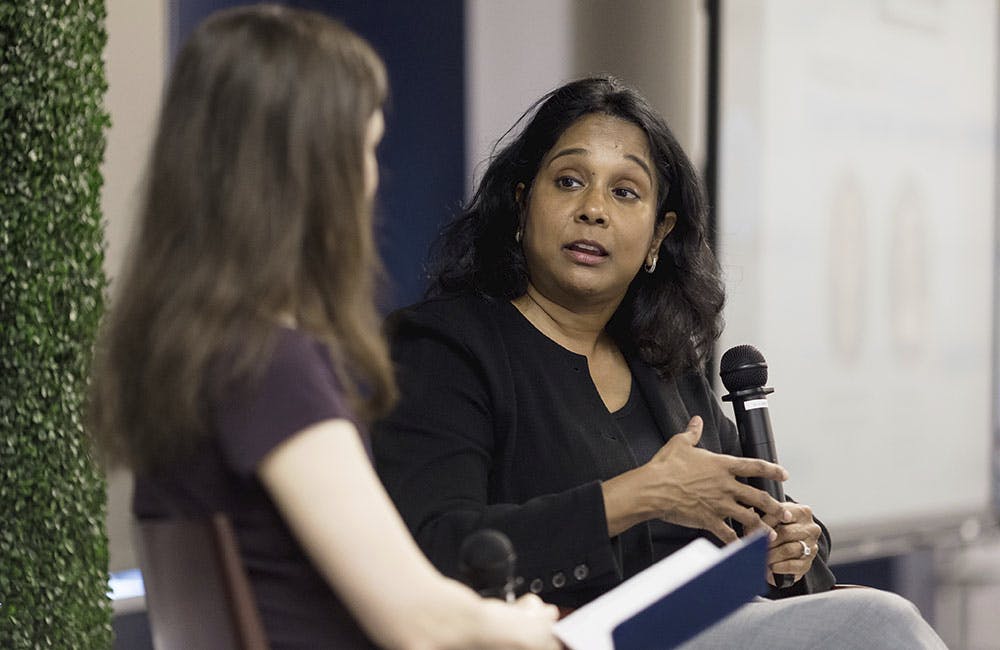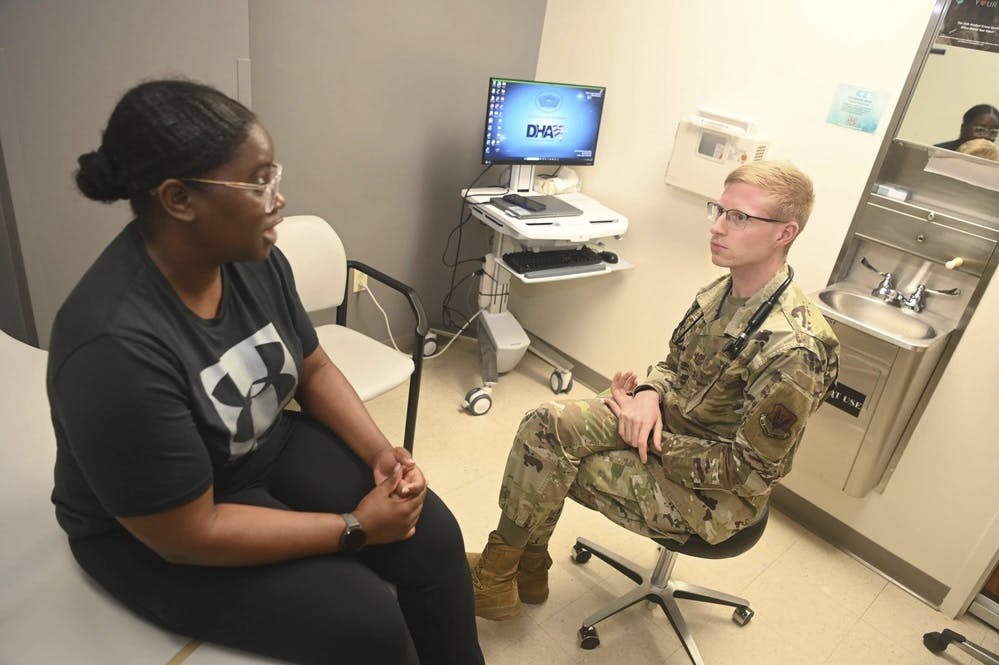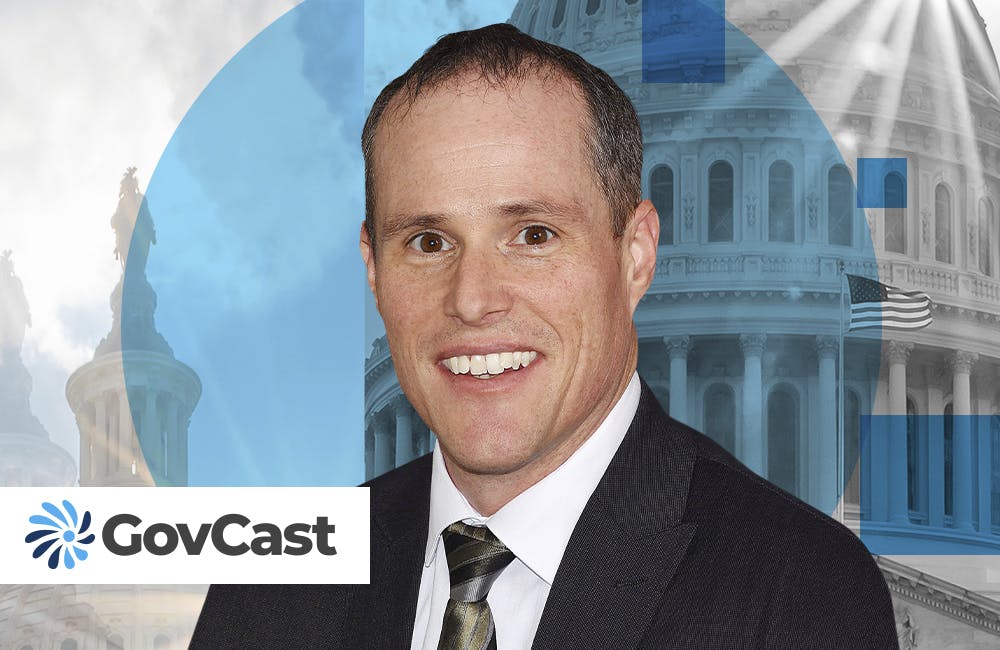Administration for Community Living Leading Data Innovation Within HHS
The department is committed to applying breaking methods in data analytics to further HHS’ public health missions.

A Department of Health and Human Services office is fostering a culture of applied data to drive innovation and research in its mission to increase the public’s access to community supports in areas including elderly care and domestic violence.
The Office of Performance and Evaluation within HHS’ Administration for Community Living has developed a newfound embrace of data analytics that Director Susan Jenkins said has drawn from preexisting expertise within HHS overall and also required encouraging curiosity and engagement with the tool even among non-technical employees.
“You don’t have to be a statistician to be a friend of data, you just have to ask the right questions,” Jenkins said at the Nov. 22 ACT-IAC Data Driven Decision-Making Forum in Washington, D.C.
Curiosity and engagement are starting points for the agency to comprehensively leverage applied data, said Jenkins, who assumed her role at the ACL in 2016. The agency is pairing this approach with intra-departmental collaboration by involving structural changes from the top.
“We are also starting up a Data Council this year,” Jenkins said. “All operating divisions will have a seat at the table.”
In line with this movement toward leveraging big data analysis across HHS, the agency’s Data Council has been organized with the intent of propelling further innovation by codifying data collection strategies and coordinating analysis. Much of the Data Council’s mission is currently focused on meeting the requirements of the The Foundations for Evidence Based Policymaking Act of 2018, particularly in terms of using proprietary data to inform core HHS functions.
This commitment to applied data is already having a noticeable impact, Jenkins said, such as by helping HHS better allocate resources to pressing areas of concern. The potential applications for public health are considerable.
“In our Adult Protective Services area, we are building a predictive model to determine which communities are at highest risk of abuse and domestic violence,” she said. Being able to evaluate these trends ahead of time allows HHS to form a more comprehensive response to help diminish the rate of intimate partner violence across particularly at-risk areas.
Data analytics has the potential to help HHS better refine its approach to public health, Jenkins continued, particularly in terms of finding correlations between data sets that can help forecast potentially concerning public health developments.
Jenkins noted that the ACL’s status as a smaller department within HHS has made it relatively agile and quicker to adopt applied data solutions, a process that might be more challenging to scale across the agency as a whole.
“Some of the things we do … may not translate to some of the larger departments within [HHS],” Jenkins said.
Still, Jenkins remains optimistic about the agency’s ability to adapt around breaking developments in data analytics, especially once the groundwork has been established to encourage greater engagement with applied statistics.
“The most important thing we can do is build a learning culture,” Jenkins said.
This is a carousel with manually rotating slides. Use Next and Previous buttons to navigate or jump to a slide with the slide dots
-

CIA Adds Fourth Pillar to AI Strategy, CAIO Says
Lakshmi Raman says the new pillar marks a strategic shift toward embedding AI more deeply into the CIA’s day-to-day mission execution.
3m read -

FEHRM CTO Targets Two-Year Cloud Migration for Federal EHR
Lance Scott touts new EHR tech advancements, including cloud migration, expanded data exchange and AI integration to improve care delivery.
4m read -

AI Enables Coast Guard’s Workforce to Transform Operations
The Coast Guard’s Deputy CIO Brian Campo delves into the ways AI is pushing the service to rethink its core services, workforce and operations.
14m watch -

New Army Acquisition Plan Cites Autonomy, Predictive Analytics
Officials outline how the Army Transformation Initiative signals a broader shift toward efficiency with tech and acquisition reform.
4m read








